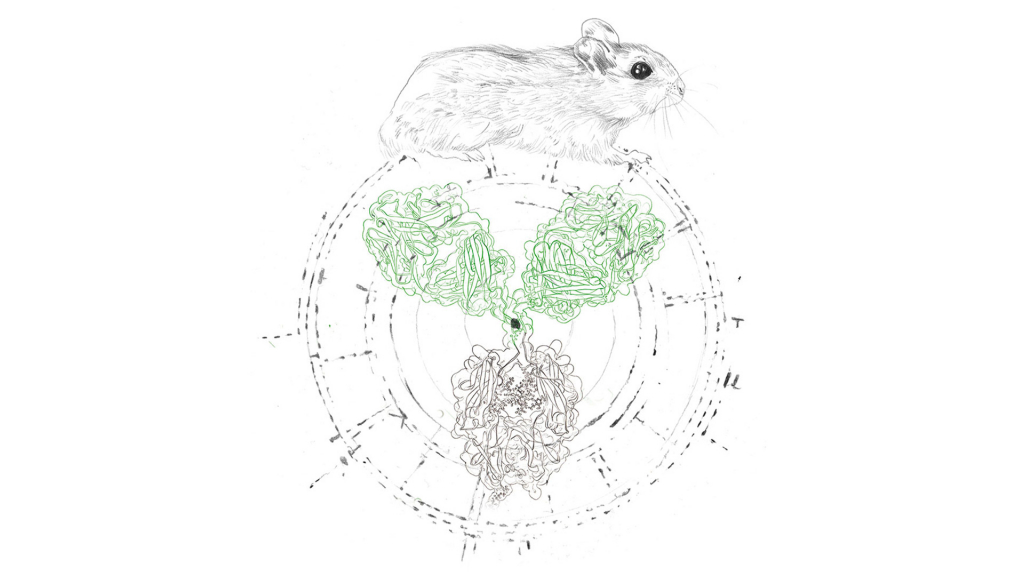Applications of cell culture are numerous, probably more than there are types of cells: at least many thousands.
Each type of cell is a field of research in and of itself for cell biologists, who take tissue samples and begin primary cell cultures and study their differentiation, cell growth and proliferation before creating the first subculture. Although they remain culture models, they are important proxies for in vivo conditions and interactions with neighboring tissues.
Moreover, modern cell culture (not least mammalian cell culture) techniques facilitated recombinant antibody expression and the development of cell-based assays to screen for drug candidates.
Optimization of serum-free cell culture media, culture conditions and consequently product yields allowed the tremendous growth of biopharmaceutical manufacturing businesses.
Subscribe to our Newsletter
Get all the latest updates, and learn about our advancements in antibody production.
Subscribe now
This article will give you an overview of fields that benefit from cell culture.

Cell culture has become a central pillar of life sciences, medical research and manufacturing of biopharmaceuticals. Here, we want to pick just a selected few applications of cell culture systems and briefly explain its role therein.
Cell culture supplies cell biologists with identical cells to ensure their model systems and in vitro experiments possess high reproducibility. This is due to the fact that cells of one particular culture can be derived from one ancestor cell and every offspring exhibits very low variability in its genomes.
Cancer cells can be cultured as well as normal cells. In fact, cancer cells are commonly “immortal”, meaning that they are able to proliferate indefinitely, whereas normal cells stop their growth after several generations.
Human cancer cell lines are used as models to assess e g. novel chemotherapeutic drug screening or interactions between cancer cells and the immune system.
Because viruses enter and reprogram cells, a steady supply of identical cells is important for virological studies. Of course, this field has gained a lot of momentum during COVID-19 pandemic. Additionally, vaccine production requires the culture of infected cells to obtain virus proteins.
The search for suitable novel chemical compounds to treat diseases involves cell cultures as well. One example is the use of relevant human cell types obtained via cell culture for building a disease model and testing drug candidates for their efficacy and potency. Another example is the use of high-throughput cell-based toxicity assays, in which cultured cells are treated with drug candidates to establish whether there are toxic effects.
Cutting-edge research in regenerative medicine is using molecular biology techniques and is working with cultured stem cells, organ and tissue culture, i. e. liver, kidney, pancreas, and aims to replace damaged cells and tissues in patients suffering from severe insufficiencies or organ failure. (Read more about regenerative medicine: https://mirm-pitt.net/about-us/what-is-regenerative-medicine/)
A gigantic field of cell culture applications is the manufacturing of biopharmaceuticals, with a multi-billion dollar market size. Indeed, biotechnology at large-scale using huge culture vessels (bioreactors with volumes of many thousands of liters) has become an essential aspect of medicine and pharmacy during the past few decades. The production of antibiotics, enzymes, therapeutic monoclonal antibodies, therapeutic hormone formulations (e g. to treat growth hormone deficiency in children), RNA therapeutics would be impossible without cell culture. The manufacture of high quality protein biopharmaceuticals depends on mammalian cell culture (CHO cells are very popular), because bacteria, insect cells and most animal cell cultures are not able to produce sufficiently compatible proteins for humans.1
Cell culture as a technique is not straight-forward and requires a certain level of technical knowledge and hands-on skills. Nonetheless, its high value in fields such as biochemistry and microbiology is worth the effort and taking those few points into consideration will make any cell culture users life much easier:
As has become clear, not all cell lines are equal and it is important to choose the right cell line and leverage their respective advantages for the application in hand. Ideally, all cell cultures would grow free floating in suspension, as this allows highest cell densities and product yields per incubator volume and simplest handling. But, this is not the case:
Some cell types might only grow properly as monolayers on a substrate (adherent cells), thus requiring an enzymatic step to overcome adhesion before passaging into a fresh flask.
Certain cells depend on an extracellular matrix to exhibit sufficient viability and need so called 3D cell culture.
When looked at using microscopy, these cell types grow in distinct morphologies on their culture medium: epithelial-like, fibroblastic, lymphoblastic.
For antibody production, CHO cells, compared to HEK293 cells, have proved several advantages time and time again. They yield high product titers, can be grown in suspension, and express proteins with natural post-translational modifications (e.g. gylcosylation patterns). Additionally, they are relatively easy to culture, if they are treated accordingly. This makes CHO cells a great choice in antibody production.
What aspects are the most important ones when handling cell cultures? Since cell cultures grow in media full of nutrients, amino acids, growth factors and so on, they offer ideal conditions for detrimental microorganisms as well. Even though certain reagents are in routine use to inhibit unwanted growth, strict adherence to aseptic technique is crucial to avoid contaminations.
At the same time, complying to these rules serves as an additional layer of protection for cell culture workers, since these measures (lab gloves, protective glasses, proper apparel, laminar flow hoods, etc.) minimize exposure to the cultured cells and used reagents.
More about this topic: